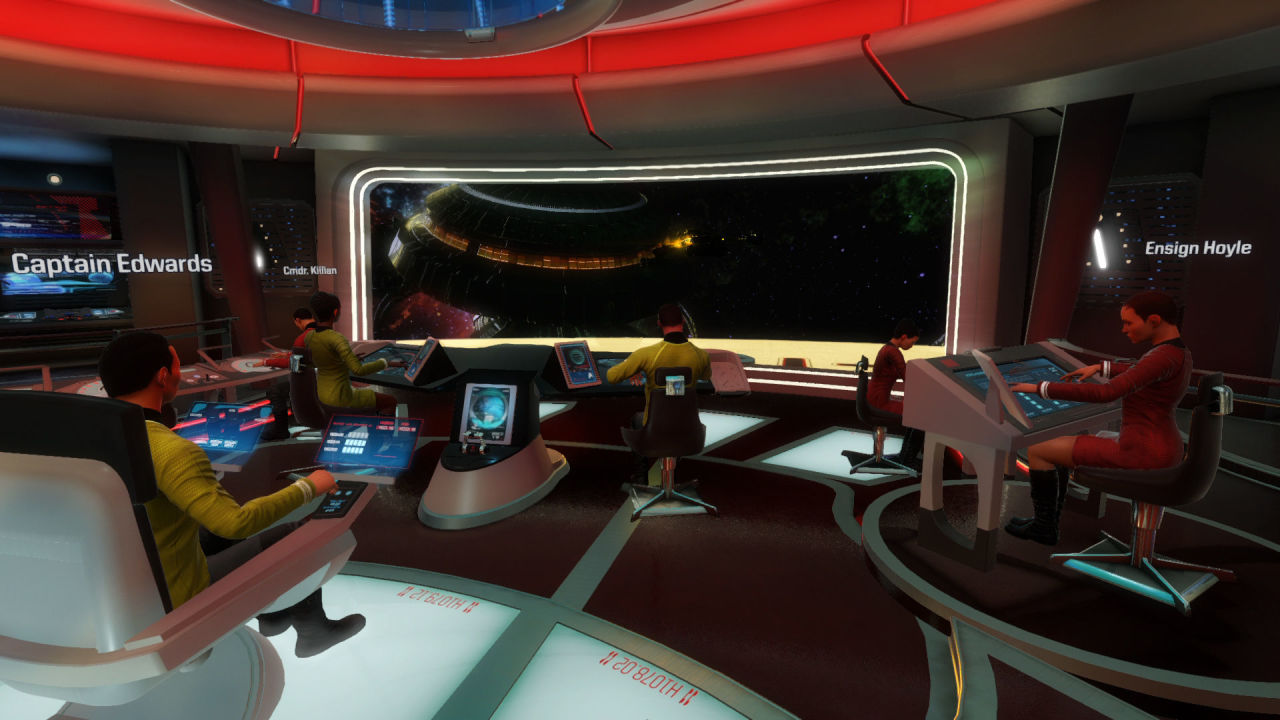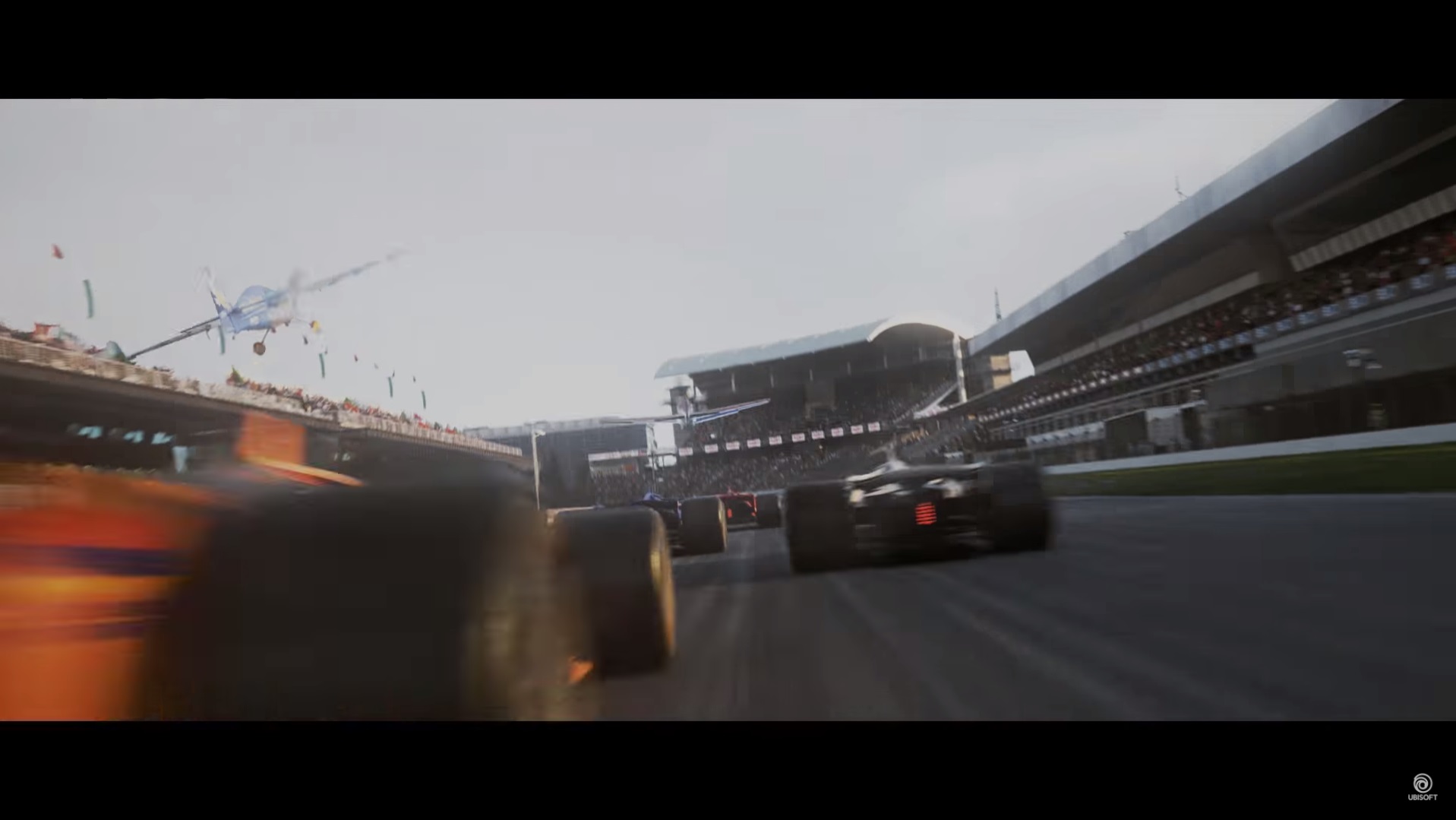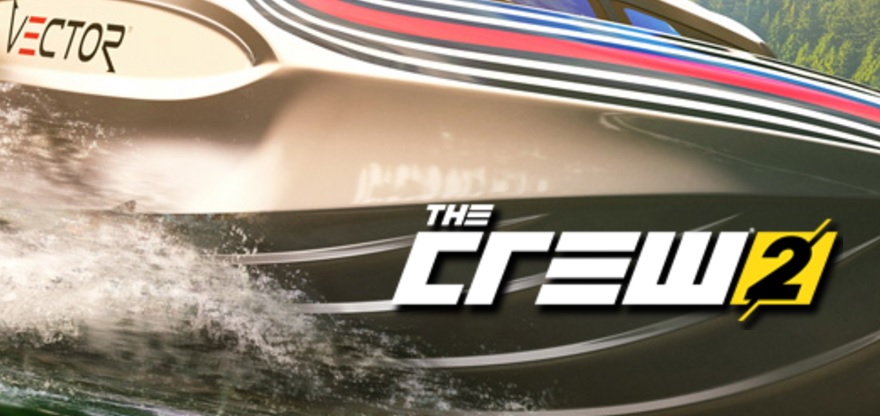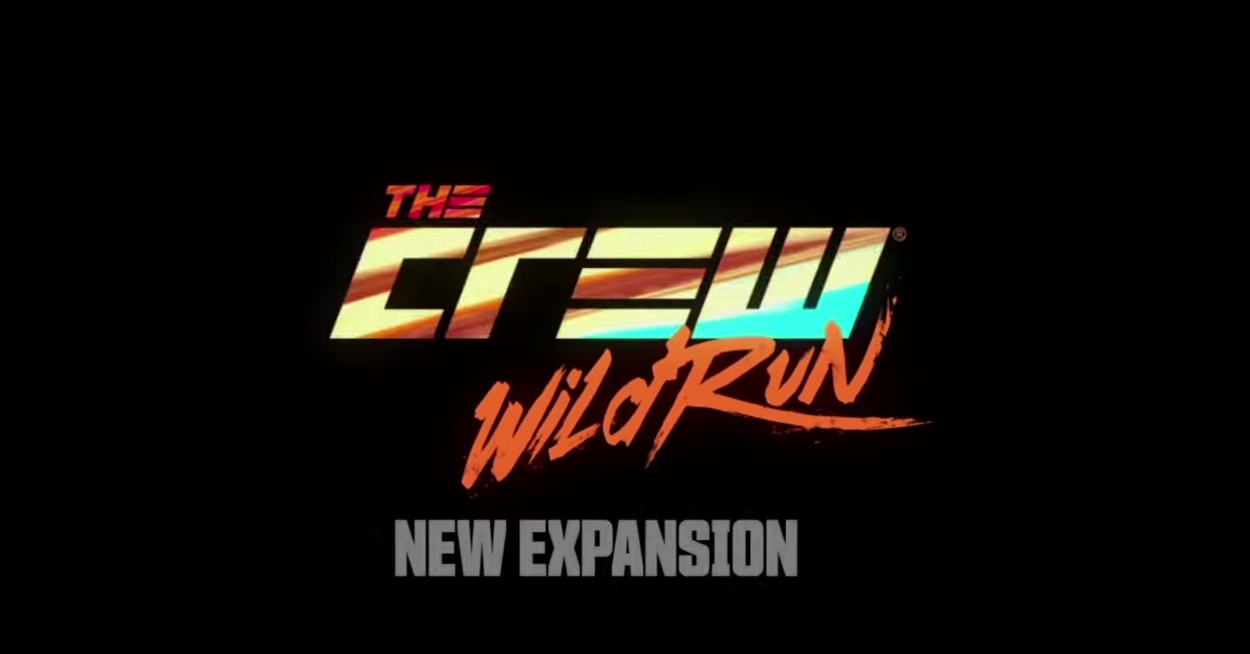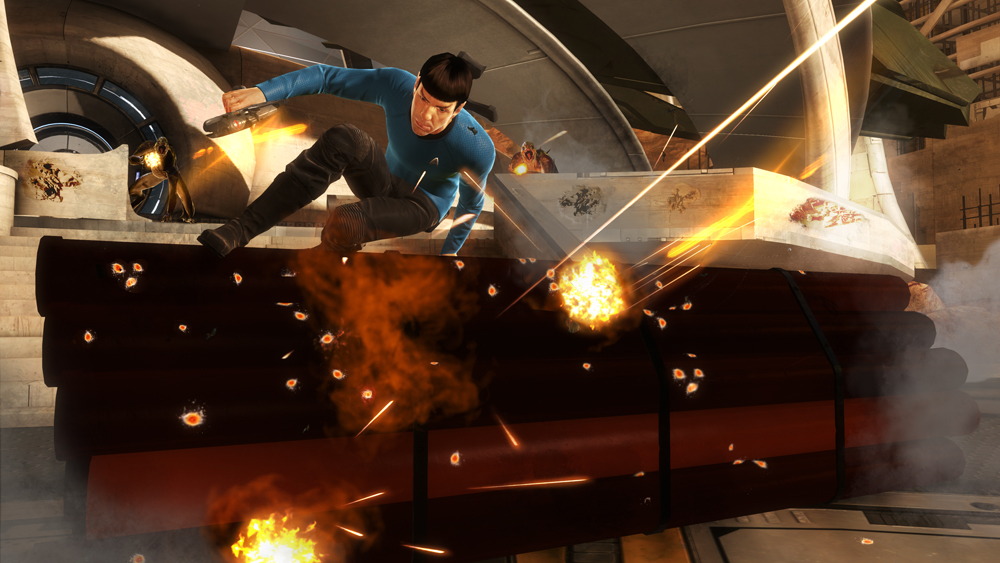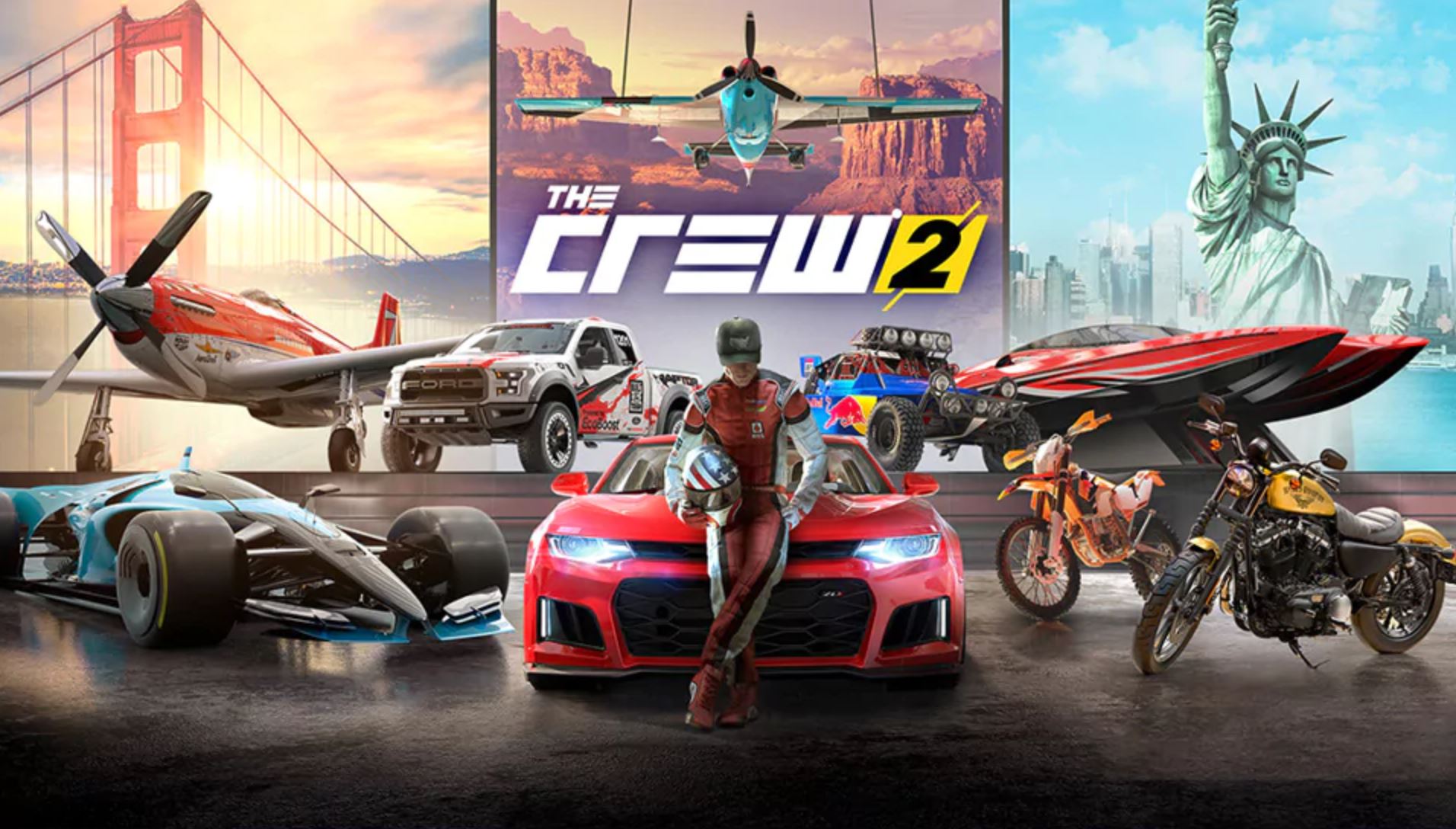If there was one game at E3 2016 targeted specifically at me, it was Star Trek: Bridge Crew from Ubisoft. Combining the hot new technology of the year, which is virtual reality, with Star Trek, which is Star Trek, Bridge Crew aims to create a series of multiplayer missions which place you and your friends literally in command of your very own starship. I had the great fortune to be able to go hands-on with the game at E3, part of a small crew led by one of the development team.
Despite what you may have guessed from the Ubisoft Press Conference trailer, the game is not intended to be played locally with people in the same room, but online. On the floor, given the limited space we had to all play in the same room, and this produced a weird echo as I would hear others’ voices in the room, but also in the built-in headphones of the Oculus a second later.
The game appears to be set in the Alternate Reality as established in the 2009 Star Trek movie, as you’re placed in command of the USS Aegis, a new Federation prototype ship, first in its class. Visually it’s kind of a cross between an Excelsior and Constitution-class ship, although its nacelles still have those spinny-fans on them that the new Enterprise features. You’re introduced to the ship in a Motion Picture-style glory shot as your shuttle rockets past the Aegis in space dock, before you’re taken to the bridge for a special mission from Starfleet.
Before entering the game, you’re allowed to choose your role on the bridge, as well as whether you appear as male or female. I volunteered to take on the Tactical station, although Engineering, Helm and of course the Captain’s chair are all up for grabs. Tactical station operators are responsible for weapons, as well as scanning objects and vessels and the ship’s shields. The Helm pilots the ship and charts courses for warp drive. Engineering diverts power to necessary systems as well as repairs, and the Captain is, of course, in control of it all.
By taking on one of these roles, you’re literally sitting on that station on the bridge, in Virtual Reality. If you’ve ever seen an episode of Star Trek, you’ll know what that means – tapping buttons. Using the Oculus Touch controllers, you literally move your characters hands around in VR to tap buttons to raise shields, fire photon torpedoes, etc – you’re tapping buttons to tap buttons in another reality. However, it’s also very true to the source material – and given that the trigger on the Touch controller allows you to clench some of your fingers, you can even wave your hands around and point at objects on the view screen or around the bridge (it was at this point I discovered that despite selecting ‘male’, I had been assigned as a very attractive female officer in a flattering short skirt at Tactical). A button is also dedicated to looking at the bridge from a wide angle, to see the entire crew, or to an outside view of space, so that you can see what’s going on outside if you’re at a station with an obscured view.
The true nature of the game lies in teamwork – and it was obvious from the short demo I was a part of that crews will live or die on the strength of their captain. The captain had the vital role of co-ordinating everyone, which is necessary for strategy and multitasking.
For instance, the demo mission involved the Aegis being sent by Starfleet to investigate a starbase. Upon arriving, the crew finds the star base in ruins, and a star about to supernova close by. The captain ordered helm to fly through the debris, while I on tactical had to scan for survivors. As we found escape pods and beamed survivors aboard, a new problem developed – as a Klingon Bird of Prey entered the system and began attacking. As Trekkies will know, it’s long been established that you can’t have your shields up and beam someone aboard at the same time, which meant the captain had to make a decision – prioritising rescuing the survivors at the expense of the ship’s defence, or raising shields to combat the Klingons (with the ticking time bomb of the star’s supernova looming over everything).
In this situation, the captain ordered the shields remain offline while we beam aboard survivors, while I tried my best to fire full volleys onto the Klingons whenever Helm could get us within range. Only after we had everyone on board did the captain finally give the order to raise shields, which allowed us to mount a proper attack on the Klingons, and the new reinforcements which had just joined them.
However, the star’s time was up, with the captain giving the order to go to warp just as it went supernova, taking the system and the Klingons along with it. Ultimately, despite being a little singed around the edges, the mission was a complete success as we saved 18/18 survivors.
It’s unclear how many mission types are available, how long they will be, or how involved, or whether there’ll be a single continuing storyline. The demo was a simple mission to showcase how teamwork in the game is expected to play out, and it will be interesting to see what else they can do with the concept, and how much content will be in the final product. It’s definitely a great experience for Star Trek fans, although I’m sure longtime Trekkies will be holding out for TOS and TNG-era ships to be patched in.
Star Trek: Bridge Crew is due out later this year on Oculus, Vive and PlayStation VR.

